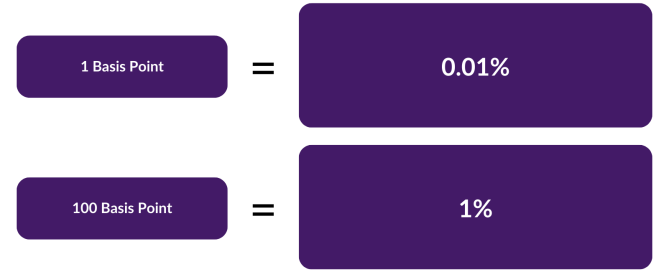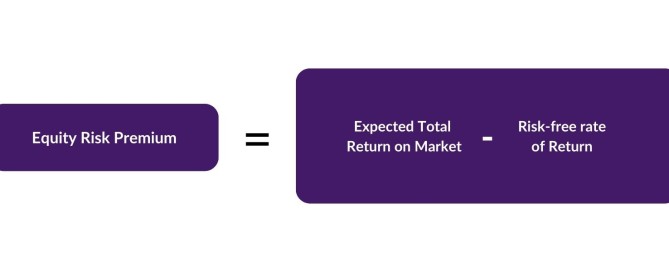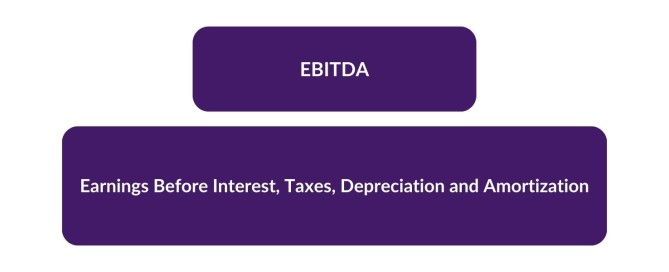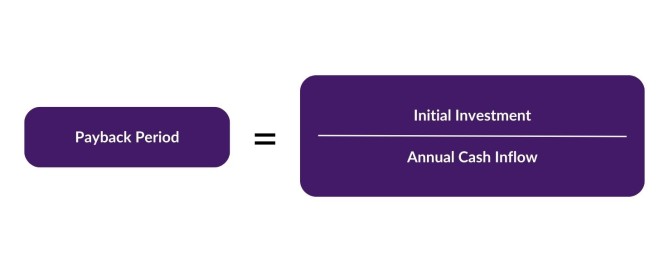Dividend Coverage Ratio (DCR): Definitions, Formulas, and Examples
Dividend Coverage Ratio (DCR) Explained: Definitions, Formulas, and Examples Dividend coverage is an important risk metric for equity analysts and investors, spotlighting a company's ability to pay dividends to its shareholders. The dividend coverage ratio (DCR) serves as a crucial metric to gauge how secure a dividend payment. This article calculates the dividend










